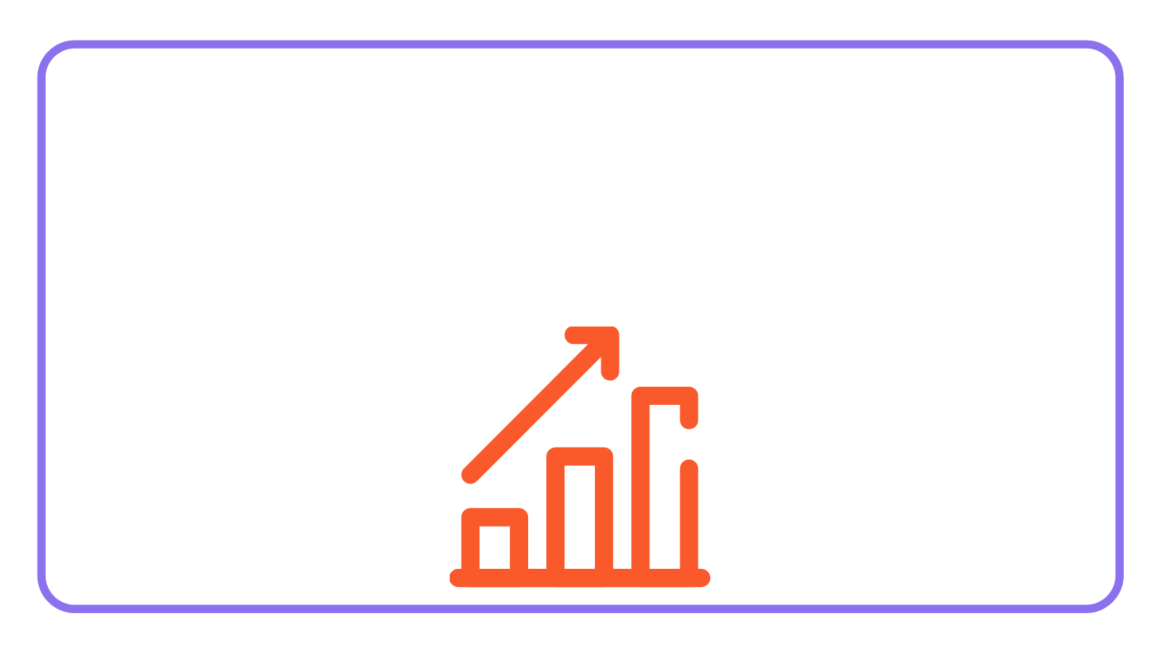The State Bank released its quarterly report of payment systems for FY 2021-22, which shows digital payments have seen significant growth.
Tell me more: E-banking transactions grew in both volume and value by 12% and 16%.
E-banking includes transactions conducted via electronic channels, including:
- real-time online branches
- ATMs
- mobile banking
- internet banking
- call center banking
- Points of Sale (POS) and e-commerce
By the numbers: Mobile and Internet banking witnessed high adoption of digital payments.
- Mobile banking users grew by 4% QoQ to 11.3 million
- Number of transactions conducted via mobile banking increased by 29% in volume and 36% in value QoQ, standing at 79.1 million with a value of around Rs. 2.2 trillion
- Internet banking grew by 31% QoQ with 30 million transactions amounting to Rs 1.9 trillion (6% rise in volume and 10% increase in value)
- E-commerce transactions recorded a growth of 87% in volume and 21% in value. The number of e-commerce merchants remained almost the same as last quarter.
- 12.7 million e-commerce related transactions were conducted, amounting to Rs. 22.3 billion
- The number of merchant POS machines increased 10%, reaching 79,134
- 28.1 million card-based transactions with a value of almost Rs. 134.9 billion were conducted, recording an increase of 16.1% in volume and 10.6% in value
- SBP’s Real-time Inter-Bank Settlement Mechanism (PRISM) recorded a total of 1.1 million large-value (wholesale) payments, amounting to Rs. 159.1 trillion, which is 7% higher than the preceding quarter.
There were 46.2 million cards in circulation as of end-September 2021, which comprised:
- debit cards (64%)
- social welfare cards (22%)
- ATM-only cards (10%)
- credit cards (4%)
- prepaid cards (0.3%)
Zoom Out: Digital payments gained popularity during the Covid-19 pandemic.
The government has been pushing to promote digital payment methods to ensure transparency in financial records and paper trails. They also make it easier for the government to track illegal monetary activities.
Also, the government has introduced a Tax Law Ordinance which forces companies to make payments exceeding Rs. 250,000 digitally.







